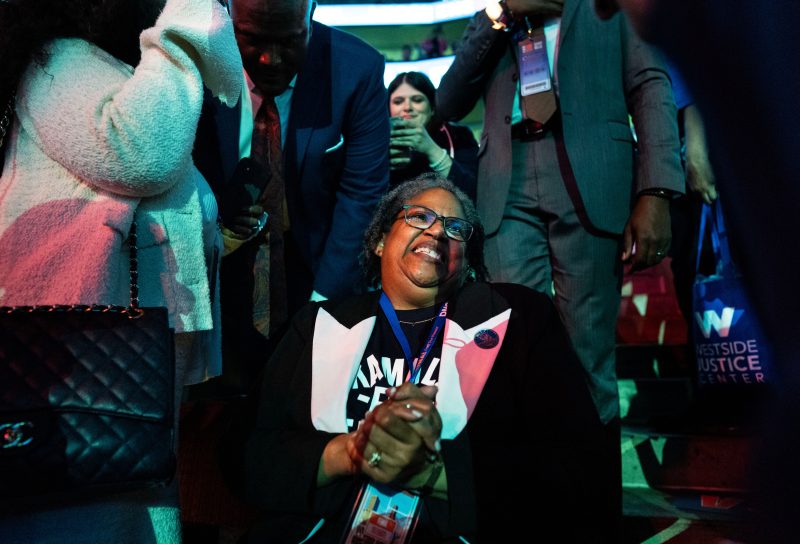In Kamala Harris, Black Women Leaders See Historic Strides and Work Ahead
The election of Kamala Harris as the first female, first Black, and first Asian-American Vice President of the United States has been hailed as a historic moment for both women and people of color. Black women leaders across various industries see her victory as a significant stride towards achieving greater representation and inclusivity in positions of power. However, while Harris’ ascension to the second-highest office in the land is undeniably groundbreaking, it also highlights the work that lies ahead in addressing systemic barriers and advancing the cause of equality.
For many Black women leaders, Harris’ inauguration represents a glimmer of hope and a validation of their own aspirations and capabilities. Seeing someone who looks like them in such a prominent position sends a powerful message that barriers can be broken, and dreams can be realized. As Rosalind Brewer, COO of Starbucks and one of the few Black female Fortune 500 executives, aptly put it, It gives them inspiration that says, ‘I can do anything’.”
Representation matters, as it not only inspires future generations but also brings a diversity of perspectives and experiences to decision-making processes. The presence of individuals like Kamala Harris in leadership roles can serve as a catalyst for meaningful change and pave the way for more inclusive policies and practices. As Pam Keith, a former Navy JAG officer and congressional candidate, noted, You cannot be what you cannot see.
However, while Harris’ election is a significant milestone, it is essential not to view it as the culmination of the struggle for equality, but rather as a stepping stone on a longer journey towards a more just and equitable society. The challenges facing Black women in leadership roles are multifaceted and deeply entrenched in centuries of systemic racism and sexism. From the corporate boardroom to the halls of government, Black women continue to face barriers that hinder their advancement and limit their opportunities for success.
The underrepresentation of Black women in leadership positions is a glaring issue that requires concerted efforts to address. Organizations must work towards creating more inclusive environments that value diversity and provide equal opportunities for all individuals to thrive. This requires not only dismantling structural barriers but also challenging ingrained biases and stereotypes that perpetuate inequality.
In addition to systemic barriers, Black women leaders also face unique challenges related to intersectionality, as they navigate issues of race and gender simultaneously. The intersection of racism and sexism creates compounded barriers that can hinder the professional advancement and personal wellbeing of Black women. It is crucial for society to recognize and address these intersecting forms of discrimination to create a more inclusive and empowering environment for all individuals.
The election of Kamala Harris as Vice President serves as a beacon of hope for Black women leaders and a testament to the progress that has been made in the fight for equality. However, it also serves as a reminder of the work that lies ahead in dismantling systemic barriers, challenging biases, and promoting inclusivity. By continuing to advocate for change, support diverse leadership, and amplify the voices of marginalized communities, we can move closer towards a more just and equitable society for all.

